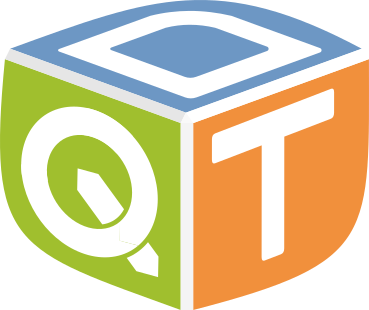How does it works: concepts and global workflow¶
Concepts¶
To run the workflow properly, you need 3 items:
QGIS profiles |
A scenario |
The QDT executable |
|---|---|---|
|
QGIS profiles¶
One of the most interesting aspects of QGIS when it comes to deploying it to a large number of users is the ability to provide them with one or more customised experiences via the profile system. A profile contains many settings: interface items, installed and deactivated plugins, variables, network settings, etc.
To facilitate their management and administration, QDT uses a profile definition file in JSON format (profile.json stored in the profile folder) which then serves as a “recipe” at the time of installation and especially when updating a profile.
Scenarios¶
Clearly inspired from Ansible and CI/CD platforms (especially GitLab CI, GitHub Actions), QDT uses scenario (YAML files) organised in sections, the main one allowing to define the tasks (called jobs) to be performed for the deployment.
Functional workflow¶
Typical roles¶
GIS administrator: in charge of editing QGIS profiles and QDT scenarios
IT team: in charge of automating the QDT execution with its favourite tool
End-user: in charge of clicking on desktop Icons and playing with its favourite GIS software
Flow chart¶
List of jobs mentioned here is just an example. Every scenario can adapt its own jobs to apply.
